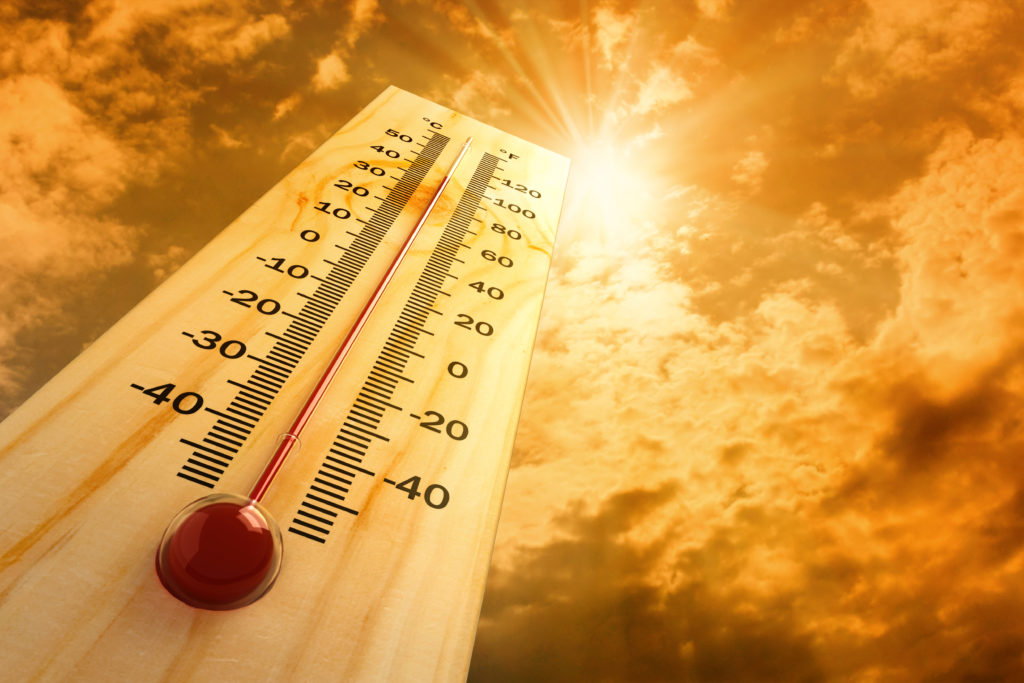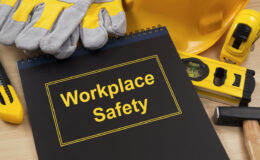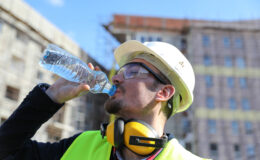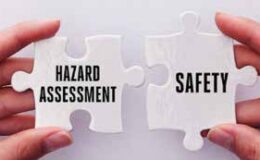By Donna Motley, Vice President of Claims
Truly, it wasn’t that long ago everyone was complaining about snow, ice, cold and asking the question “Where is Spring?” As most assumed, we really didn’t have a “Spring”, instead, we went right into summer. That “sudden change” is a stressor to our bodies. Being immediately thrust into heat and humidity can take a toll on anyone. Typically, Spring gives us time to gradually acclimate to warmer weather conditions. Now that the heat has arrived we have to learn to deal with it!
Working inside a plant, around machines that run all day, usually results in a very warm working environment. Care should be taken to stay hydrated. Water fountains should be in good working condition. Employees should be allowed to bring a thermos or jug of water, Gatorade, Powerade, Pedialyte (which also come in popsicle form), etc. Sugary drinks should be avoided. Electrolytes (such as sodium) need to be replaced. Remind employees to keep fluids going into their system. Employees should make sure they drink water “before” coming to work – and stay away from caffeine which can dehydrate and increase heat sensitivity. I’ve known of some employers that have offered their employees popsicles once the temperatures reach a certain level. Remember, if alcohol was consumed the night before, you are already partially dehydrated the next morning.
Tight clothing should be avoided, understanding that clothing that is too loose can create a work hazard around machinery. If working out of doors, a hat should be worn with light colored clothes. There are fabrics (like Under Armour brand) that pull moisture away from the body thereby creating a cooling effect. If at all possible, working out of doors should not be performed at the hottest part of the day. Frequent breaks should be allowed.An aging population may find heat a little more unbearable, particularly if they have other health issues or are taking medications for same. Younger employees may be able to better tolerate the heat, but may not be used to working in such conditions.
New hires may be generally “deconditioned” thereby creating the first obstacle to overcome, then add heat to that obstacle.
Signs of heat exhaustion include headache, dizziness, weakness, muscle cramps, wet skin and fainting. Possible heat stroke may include employee confusion, slurred speech, rapid heart-beat, shallow breathing, excessive thirst, nausea or vomiting, skin is dry, red and hot to touch. Should a seizure occur, EMS should be called immediately.
Watch out for your co-workers – they may think they feel fine and not notice signs of heat stress. Early intervention can also include covering the forehead, neck, or armpits with a cool, wet cloth. Keep ice packs and bags of ice on hand for the same purpose. Like at the amusement parks, a fan with water misting is a great instant relief. If, after 15 minutes symptoms have not improved, medical attention should be sought/administered.
We wanted it to be warm and soon we will be remembering these days as the snow begins to fall. Let’s make our summer as enjoyable as possible!






